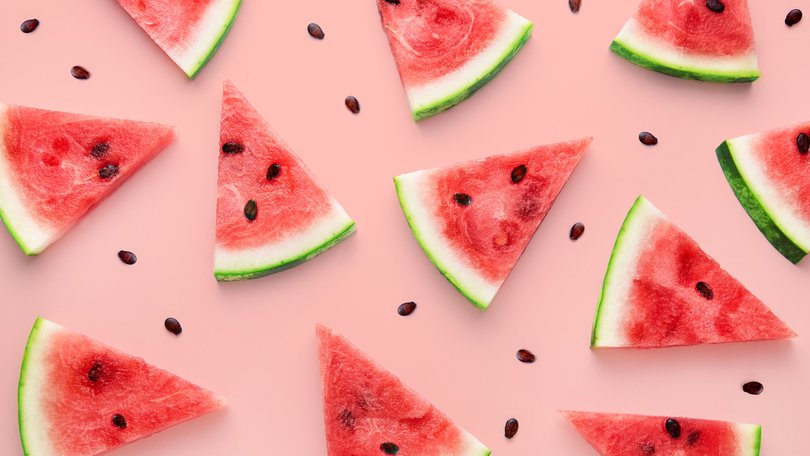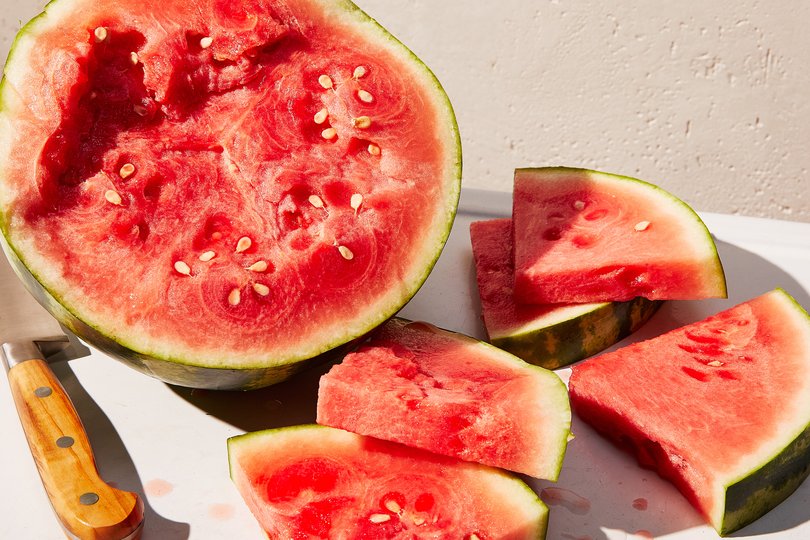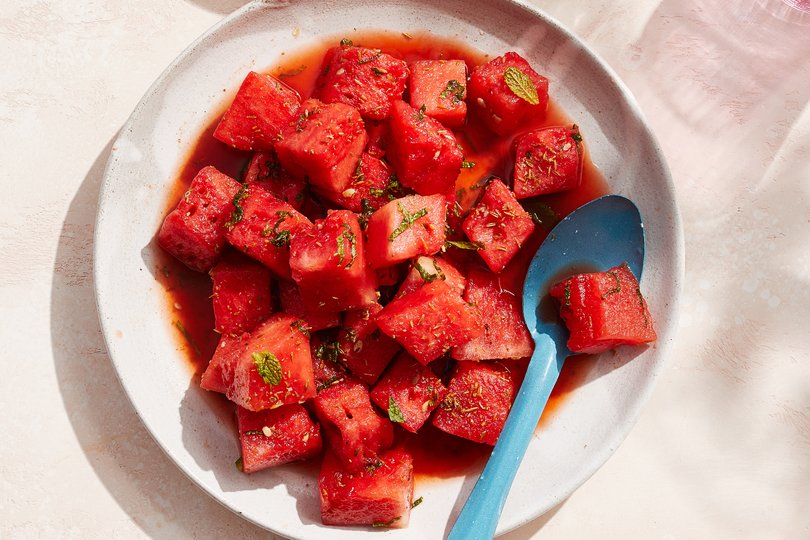THE NEW YORK TIMES: The one thing watermelon experts do to pick sweet ones

Don’t worry, it’s not just you. It’s hard to pick a good watermelon. So much of what determines its sweetness is beyond your control.
And what is in your control may go against your instincts. It’s a challenge to your sense of free will, an exercise in letting go, a gamble at the market.
Also, it’s just a watermelon. Everything will be OK. And if you do manage to pick the perfect melon, everything will be great in that sticky-fruit-juices-down-your-arm-way.
Sign up to The Nightly's newsletters.
Get the first look at the digital newspaper, curated daily stories and breaking headlines delivered to your inbox.
By continuing you agree to our Terms and Privacy Policy.To understand why it’s so hard to choose a watermelon is to understand its nature. Its sweetness is determined largely by the weather, the drier during harvest the better. Donald Sherman, 63, a third-generation farmer who grows about six varieties on his family farm in Fresno, California, explains that watermelons don’t gain sweetness once cut off the vine. “If they don’t have that sugar out with Mother Nature, they’re not getting more.”
Fruits like peaches and pears will sweeten as they ripen, but, according to Juan Anciso, a professor and vegetable specialist with Texas A&M AgriLife Extension Service, harvested watermelons continue to ripen only “in the sense that they soften and start to decay.”

So you’re not scouting potential when looking for peak melon. And before you look, you want to listen. (There’s nothing to smell.) Both Sherman and Anciso said that sound is the most important factor in choosing a watermelon and that the best way to hear it is with an openhanded smack.
What you’re listening for isn’t so much volume as it is tone. Anciso compares the full sound of a good melon to “beating on a drum.” When you slap it, the sound should bounce back. If the sound is absorbed, that means the inside is old and mealy. Sherman calls that overripe tone an “overly flat sound as if you were slapping a flat basketball.”
Beyond the importance of that resonance is pitch. Sherman suggests slapping a number of melons in a bin to hear the differences between the “tighter, higher pitch” and the ones with low bass notes. “If you find something in between, that’s the good-quality melon,” he said. At the beginning of the season and in high summer, the best ones have a deeper sound. In September, those with slightly higher pitches are better.

Sherman said that shift in sound is the result of the watermelons having more dew on their vines, a nuance that he’s learned over the years in his fields. Another is his ability to spot good melons by their colour, which lightens when ripe, whether the fruit is striped or solid. When choosing one from a market, he suggests looking for paler ones.
Anciso recommends finding melons with “yellow bellies.” Most watermelons grown in the United States sit on the soil, and the spot where they rest develops a patch that starts white and then turns creamy yellow once the fruit has matured.
If you’ve taken the time to shamelessly slap a bunch of melons at the market to find the just right one with the right sound, you should cut into it right away because you don’t want it to become overripe and mealy. Maybe it’ll be fantastic: juicy, sugary, crisp but not crunchy. Eat it unadorned with everyone you love.
And if it’s not good enough to eat on its own, that’s more than all right. Sprinkling a little salt on sort-of-bland slices can heighten the sweetness. And melon that really needs a boost can become sugary as popsicles, boozy blended into a margarita, savoury in a salad with feta, spiced in chaat and showstopping in a creamy trifle. You may not be able to guarantee the sweetness of the watermelon you pick, but you get to choose what to do with whatever you get.
This article originally appeared in The New York Times.
© 2024 The New York Times Company
Originally published on The New York Times
